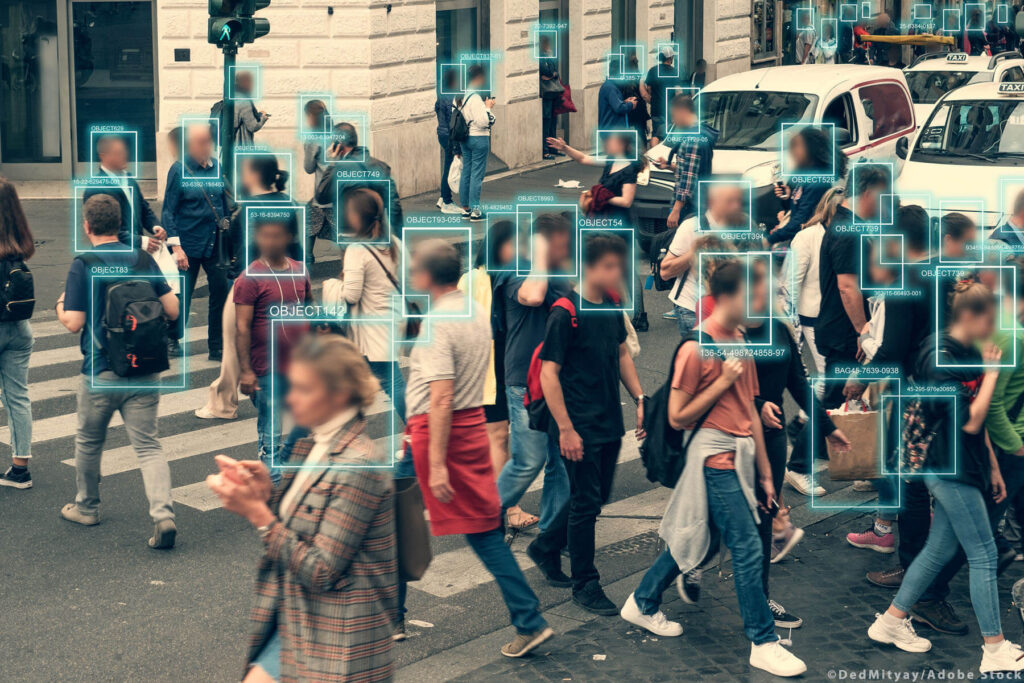Physical Address
304 North Cardinal St.
Dorchester Center, MA 02124
Physical Address
304 North Cardinal St.
Dorchester Center, MA 02124

Era of Data Science

Era of Data Science

Artificial intelligence (AI) is being used increasingly in policing to improve efficiency and effectiveness. One example of this is the use of AI in crime prediction and prevention. By analyzing data from various sources, such as crime reports and social media, AI-powered systems can identify patterns that may indicate a potential crime. This can help police to proactively patrol areas where crime is more likely to occur, reducing the number of incidents.

Another area where AI is being used in policing is in the investigation of crimes. AI-powered systems can analyze large amounts of data, such as CCTV footage and social media posts, to identify potential suspects and gather evidence. This can help to speed up investigations and improve the chances of solving crimes.
AI is also being used to improve the efficiency of 100 call centers. AI-powered systems can analyze calls and automatically identify the type of emergency, such as a fire or a medical emergency, and dispatch the appropriate resources. This can help to reduce response times and save lives.
In addition to these specific applications, AI can also be used to improve overall policing operations. For example, AI-powered analytics can be used to analyze data from multiple sources and identify patterns that may indicate a crime trend. This can help police to proactively patrol areas where crime is more likely to occur, reducing the number of incidents.
One of the main benefits of AI in policing is that it can help to reduce human error and bias. For example, AI-powered systems can analyze data without being influenced by personal biases or emotions. This can help to ensure that policing is fair and effective for all members of the community.
However, there are also concerns about the use of AI in policing. One concern is that AI systems may perpetuate existing biases in the data they are trained on. For example, if an AI system is trained on crime data that disproportionately affects certain communities, it may inadvertently target those communities more heavily. This could lead to increased racial profiling and discrimination.
Predictive policing: AI is used to predict where crimes are likely to occur and deploy police resources accordingly, helping to reduce crime rates.
Surveillance footage analysis: AI-powered software can analyze video footage and automatically identify individuals, vehicles, and other objects of interest, helping to quickly identify suspects and gather evidence.
100 emergency response: AI-powered systems can analyze and triage incoming emergency calls, automatically routing them to the appropriate emergency response teams, reducing response times.
Forensic analysis: AI-based systems can analyze DNA samples, fingerprints, and other forms of forensic evidence to help identify suspects in criminal investigations.
Recidivism prediction: AI-based systems can predict the likelihood of recidivism, helping the courts and parole boards to make more informed decisions about offenders.
In conclusion, AI is a powerful tool that can be used to improve the efficiency and effectiveness of policing. By analyzing data and identifying patterns that may indicate a crime, AI can help to reduce the number of incidents and improve the chances of solving crimes. However, it is important to ensure that AI systems are trained on unbiased data and that they are not used in a way that perpetuates existing biases.